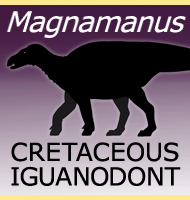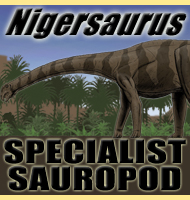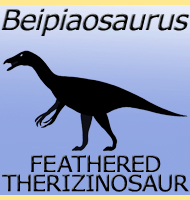


Iberospinus
Name:
Iberospinus
(Iberian spine).
Phonetic: I-be-roh-spy-nus.
Named By: Oct�vio Mateus & Dar�o
Estraviz-L�pez - 2022.
Classification: Chordata, Dinosauria,
Saurischia, Theropoda, Spinosauridae.
Species: I. natarioi (type).
Diet: Piscivore/Carnivore.
Size: Uncertain due to lack of remains.
Known locations: Portugal - Papo Seco Formation.
Time period: Barremian of the Cretaceous.
Fossil representation: Forward tip of dentary
(lower jaw) and partial post cranial remains
Fossils
of
Iberospinus were first discovered in 1999 and
recovered over a
period of a few years after. Initially thought to be further fossils
of Baryonyx,
they were later discovered to represent a new genus of
spinosaurid dinosaur, leading to them being named as Iberospinus
in
2022. While Iberospinus fossils show some
development similar to
baryonchine spinosaurs, the genus itself was still held outside the
group by the describing authors. Future fossils discoveries may make
the establishment of evolutionary relationships easier to determine,
but for now we will have to wait.
Iberospinus
fossils do show a
development to at least a semi-aquatic lifestyle, and indeed the
fossils location where the first Iberospinus fossils remains were
discovered is thought to have been a lagoon during the early
Cretaceous. It is still uncertain how well Iberospinus
was adapted to
aquatic hunting. Later genera like Spinosaurus
seem to have been
extremely well adapted, whereas baryonchine spinosaurs that existed
earlier and at the same time as Iberospinus were
less so. Again,
future fossil discoveries may reveal so much more, just like they
did with Spinosaurus.
Further reading
- A new theropod dinosaur
from the Early Cretaceous (Barremian) of Cabo Espichel,
Portugal: Implications for spinosaurid evolution. - PLOS ONE.
17 (2): e0262614 - Oct�vio Mateus & Dar�o
Estraviz-L�pez - 2022.
----------------------------------------------------------------------------
Random favourites
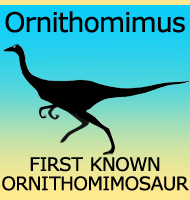 |
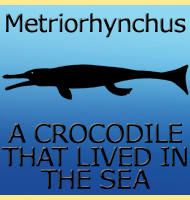 |
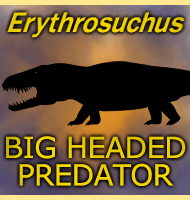 |
 |


